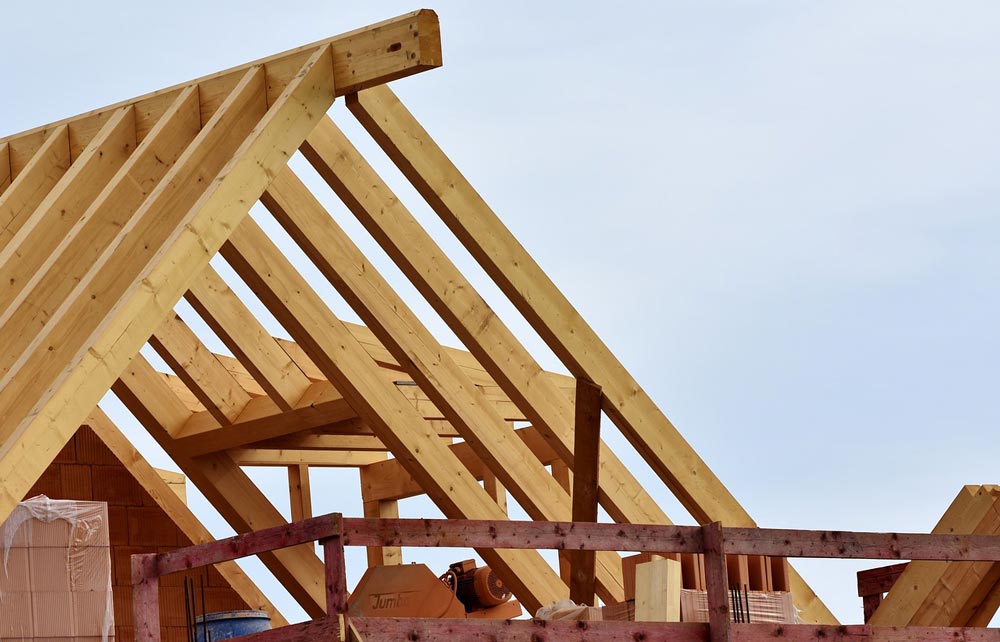What is the Best Lumber for Framing?
You’ve got your plans set, your tool belt at the ready, and you’re anxious to build your next project but to ensure the structure you’re about to build will stand the test of time, you need to make sure you’re using the right lumber for the job.
There are several things to consider when deciding on what type of lumber to choose, from the climate you live in to the size and purpose of the structure. With that in mind, whether you’re about to frame a she-shed, a pole barn, or that screened-in porch you’ve always dreamed of adding on to your home, the right lumber is key to your project’s success. So, how do you know what lumber to use? Here are some pro tips to help you select the best lumber for framing.
To Choose the Best Lumber for Framing, Be Prepared Before You Buy
When you go to buy your lumber and ask for help, they might start throwing some framing terms out that you need to understand in order to make the best possible choice. Do your homework before you go, and take your plan with you to reference and the sizes to get. You don’t want to come home with the wrong size or too little or too much of anything!
To Choose the Best Lumber for Framing, Look for the Right Characteristics
Size isn’t just about the measurements of your structure, it’s also the dimensions of the lumber, specifically its thickness. Typically when framing, 2×4 and 4×4 lumber is used, but this may vary depending on what you’re building, so if you’re not sure, don’t be afraid to ask.
Once you know the size you need, it’s time to decide on the type of lumber that is best suited for your project. This is where you must balance cost and quality. Ensuring the best lumber for framing as opposed to the cheapest may mean spending a little more up front, but it will pay dividends in the long run. Here are some characteristics to keep in mind:
- Density – this is the strength and weight of the wood. Obviously, it’s important for your structure to be strong, so make sure the lumber you choose has the appropriate density for your specific application.
- Texture – if the wood will be visible at all, you’ll need to consider the condition of the wood’s surface for its appearance and also to determine which finish to use.
- Color – how the wood looks is sometimes referred to as the personality of the wood. What personality goes best with your plans?
- Wood grain – this is a big one and affects both density and strength. The direction and patterns of wood grain vary. For framing purposes, look for straight-grained, tightly-patterned lumber as this tends to be the densest and strongest.
- Softwood vs. hardwood – softwoods such as pine, spruce or douglas fir are flexible and have straighter grain than hardwoods, giving them a leg up in strength and making them a popular choice for framing.
- Grade – lumber grade is determined by the number of defects in the wood and thus reflects its quality. For framing, choosing grade 2 or better is recommended.
- Moisture content – dry wood provides the best lumber for framing and the best way to ensure dryness is to look for wood labelled KD-HT, which means kiln dried and heat treated (to eliminate any possible pests).
To Choose the Best Lumber for Framing, Consider Treated or Manufactured Wood
Redwood or cedar hold up to the elements, but a less expensive option might be to go with pressure-treated wood that is resistant to water, insects, and rot. This is easier to maintain, too, and can extend the longevity of your structure.
If you really want to make life easy, you might also consider manufactured wall panels and trusses. These pre-constructed walls, floor or roof trusses can be customized to meet your specifications and make framing fast and simple.
To Choose the Best Lumber for Framing, Know Where to Go!
No matter what type of project you’re framing, Zeeland Lumber & Supply has all the materials you need to build, and the expert team to help you determine the best lumber to use. From manufactured trusses and wall panels to treated lumber from top mills, you’ll find everything you need here to get your project done, and done right. Give us a call or contact us online today. Then, let the framing begin!


